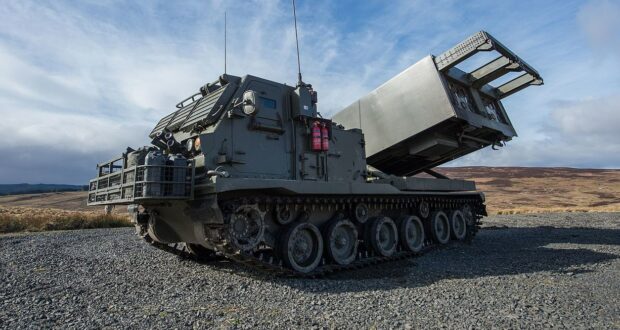16 June, 2023
The House of Commons Defence Committee has published the HSC’s evidence on defence readiness. The inquiry comes in the midst of the conflict of Ukraine, and in advance of the publication of the Defence Command Paper Refresh, which is due later this month.
Our evidences notes that:
- Lessons learned from the war in Ukraine include the importance of large, secure stockpiles of munitions and having access to an industrial base capable of surging production; the critical nature of the ability to deploy a force with sufficient mass and possessing a rapid force generation capability to accomplish goals in major conflicts; the utility of asset dispersal; that control of the air will not be absolute for either side in most circumstances; and that uncrewed systems will be central in future conflicts. However, many policy decisions require a clearer idea of the conflict’s outcome.
- Russia remains the primary security threat to the UK, and prospects for a more benign leadership in the Kremlin are not great for the foreseeable future. The elements of Moscow’s forces that present a direct threat to the UK have been only marginally depleted by the war in Ukraine. Russia’s ability to recover from setbacks should not be underestimated.
- China is the second most critical security threat to the UK. Britain has territorial responsibilities in the Indo-Pacific and regional ties which may force some degree of involvement in a conflict involving Beijing and a US-led regional coalition – including over Taiwan. Iran and North Korea present further state-based challenges that may necessitate UK involvement in the event of aggression by these nations. New state-based threats may emerge from nations such as Pakistan. State failure, terrorism and criminality represent further challenges.
- The UK Armed Forces have significant capability gaps and other shortfalls. The Army can generate only limited mass, is retiring key equipment without replacement, lacks adequate air and missile defence capabilities, has inadequate munitions stockpiling, insufficient regular close support units, a shortage of (chiefly RAF-sourced) air transport, and constrained flexibility.
- UK maritime forces have seen delays to key programmes such as the Type 26 frigate, Astute-class submarine and the Fleet Solid Support Ship Programme (FSSP) which have led to the retirement or unanticipated ageing of systems before their successors were ready. Other ships have had their availability limited due to technical issues. Limited force mass is also an issue, particularly concerning submarines, helicopters and the Royal Marines.
- The RAF has a shortfall in combat aircraft likely to persist until the end of the decade at least. Air transport capabilities are under strain due to aircraft retirement without replacement and delays to procurement programmes. The RAF currently lacks a full Suppression of Enemy Air Defence/Destruction of Enemy Air Defence (SEAD/DEAD) capability. Maritime patrol and planned airborne early warning and control capabilities are thin, and kinetic ground-based air and missile defence capabilities are absent.
- The idea that the UK possesses a Tier One Force is not possible to defend as the US currently possesses the only such military. Britain can be viewed to possess a Tier Two Force, although this is marginal given certain capability limitations. The ability such a force gives to act with a degree of independence is of significant value both directly and indirectly, and this is only likely to increase going forward given US commitments to the Indo-Pacific.
Dr Rowan Allport, an HSC Deputy Director, said:
“The UK has failed to commit to additional investment in its armed forces in the wake of the Russian invasion of Ukraine. Britain’s economic and domestic public service problems are very real, but there is a need to ensure that we are prepared to allocate additional resources to defence both immediately to rectify underlying problems, and make further investments in the medium to long-term should the post-Ukraine European security order demand it”.
Image: A British MLRS launcher, capable of firing the HIMARS guided rockets that have been in high demand in Ukraine. The HIMARS is one of the munitions types that the conflict has exposed are in short supply due to limited stockpiles and production capacity (Image: Corporal Max Bryan RLC/MoD via OGL V.1.0)
 Human Security Centre Human Rights and International Security Research
Human Security Centre Human Rights and International Security Research




